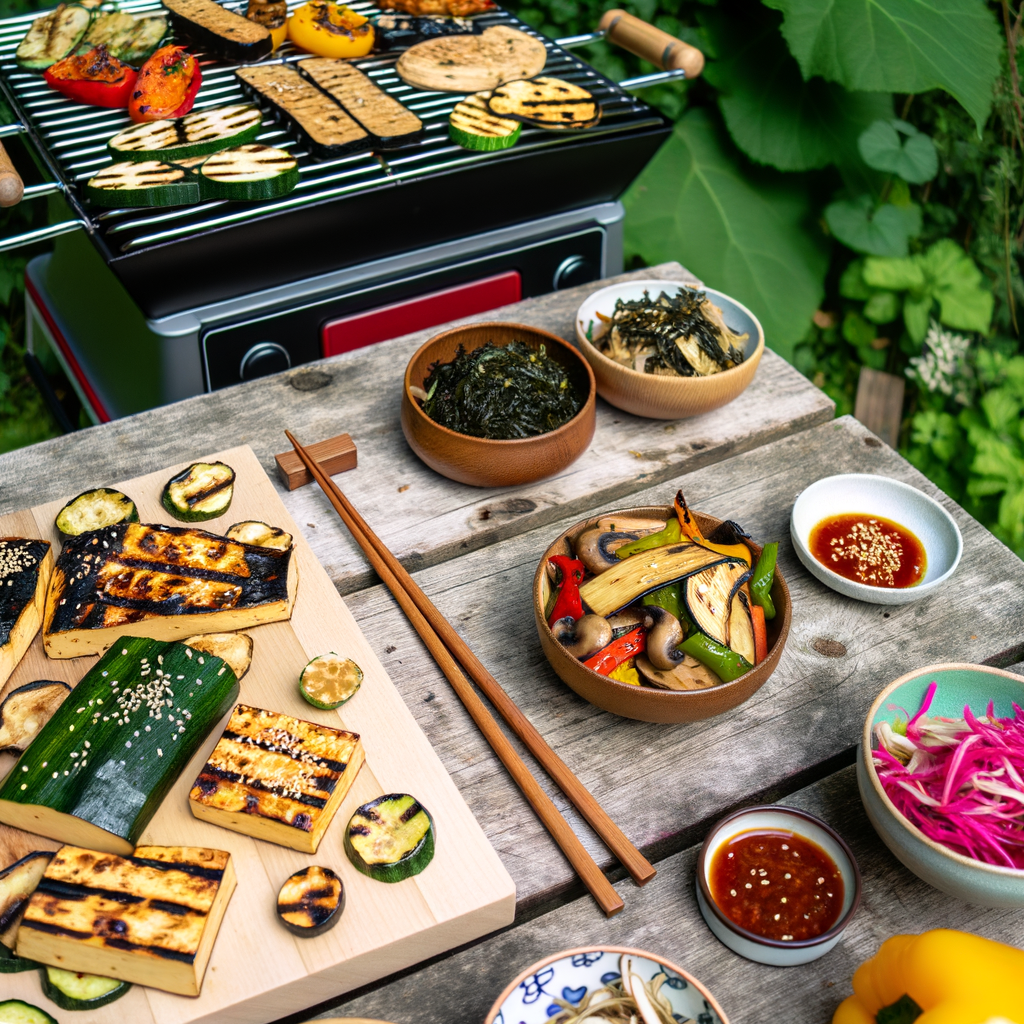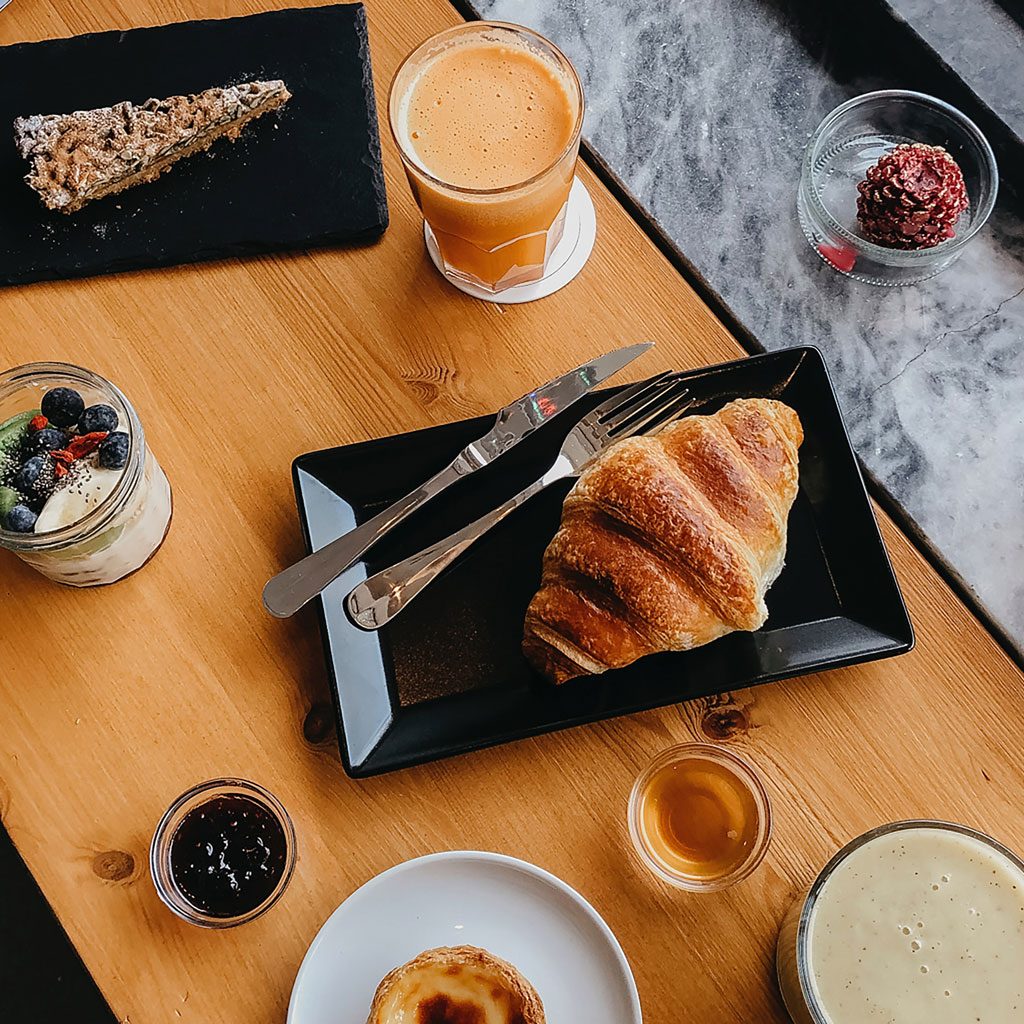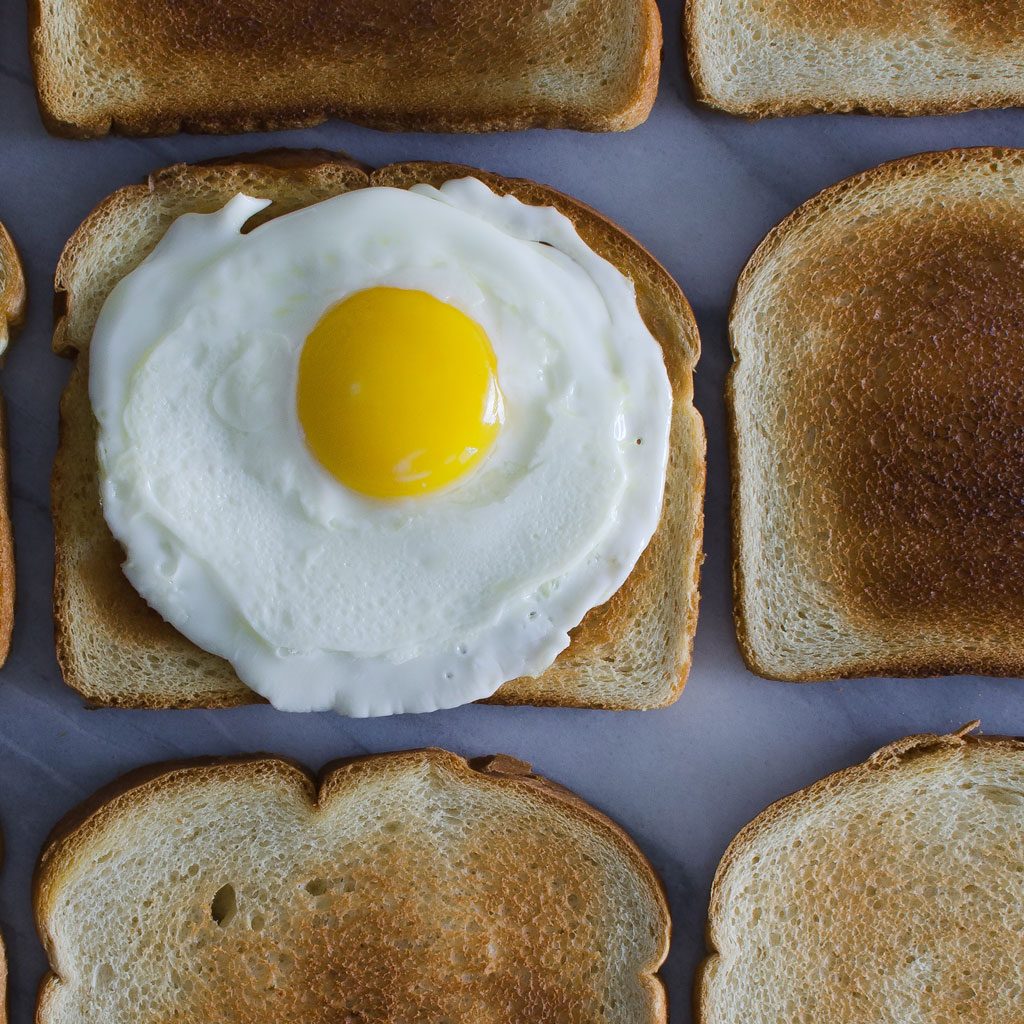A Flavorful Vegan Twist on the Classic Zha Jiang Mian
When it comes to sensational dishes, **Zha Jiang Mian** holds a special place in the culinary world. Traditionally, this savory Chinese noodle dish is built around a hearty pork-based sauce. However, today, we’re turning the tables and introducing a flavorful vegan version that promises to be just as delicious as its meat counterpart. Using simple ingredients and straightforward steps, this vegan Zha Jiang Mian delivers an umami-packed experience you won’t want to miss.
Ingredients You’ll Need
First things first, let’s gather the necessary ingredients:
- Soy Protein Crumbles: This will be our primary meat substitute.
- Dark Soy Sauce: Provides a rich color and depth of flavor.
- Bowl of Water: For soaking the soy protein.
- Garlic and Ginger: Aromatics that will enhance the flavor of the sauce.
- Doubanjiang: A spicy fermented bean paste that helps create the authentic taste.
- Hoisin Sauce: Adds sweetness and complexity.
- Sesame Paste or Tahini: Introduces a creamy texture.
- Sugar: Just a touch to balance the flavors.
- Scallions: For garnish and a burst of freshness.
- Cucumber and Carrot Matchsticks: These will add crunch and color to the dish.
- Noodles: Wheat noodles are ideal for Zha Jiang Mian, but feel free to use any you prefer.
Prepping the Soy Protein
Before diving into the cooking process, let’s get the soy protein ready:
1. **Soak the Soy Protein Crumbles:** Put them in a bowl and cover with warm water for about 10 minutes until they are rehydrated.
2. **Drain and Squeeze:** Once rehydrated, drain the soy protein and squeeze out any excess water. This helps them achieve a better texture during cooking.
Crafting the Sauce
The sauce is the heart of this dish. Here’s how to get it just right:
1. **Heat Some Oil:** Add a couple of tablespoons of vegetable oil to a large pan or wok and bring to medium heat.
2. **Aromatics First:** Add finely chopped garlic and ginger to the pan. Sauté until fragrant, taking care not to burn them.
3. **Introduce the Doubanjiang:** Stir in the doubanjiang and cook until the oil takes on a reddish hue.
4. **Add the Soy Protein:** Incorporate the rehydrated soy protein crumbles and stir well to coat them with the aromatic mixture.
5. **Liquid Gold:** Pour in 2 tablespoons of dark soy sauce, 2 tablespoons of hoisin sauce, and 1 tablespoon of sesame paste or tahini.
6. **Sweeten the Deal:** Add 1 teaspoon of sugar to balance the flavors. Stir everything together and let it simmer on low heat until the sauce thickens.
Adjusting Flavor and Consistency
Achieving the perfect flavor is a step-by-step process:
– **Check Seasoning:** Taste the sauce. Adjust salt, sugar, or even add a bit more hoisin sauce as required.
– **Consistency:** If the sauce is too thick, add a splash of water or vegetable broth to thin it out. Conversely, if it’s too thin, let it reduce a bit longer.
Cooking The Noodles
While the sauce simmers, it’s time to prep the noodles:
1. **Boil Water:** Fill a pot with water and bring it to a boil.
2. **Cook the Noodles:** Add the noodles and cook according to the package instructions until they are al dente.
3. **Drain Thoroughly:** Once cooked, drain the noodles completely to avoid them from becoming mushy.
Assembling the Vegan Zha Jiang Mian
Now comes the most exciting part—assembly:
1. **Prepare Garnishes:** Cut the cucumber and carrot into matchsticks for a refreshing crunch.
2. **Scallion Greens:** Thinly slice the scallions for garnish.
3. **Noodle Beds:** In serving bowls, place a generous serving of cooked noodles.
4. **Top with Sauce:** Ladle the savory sauce generously over the noodles.
5. **Garnish:** Add the cucumber, carrot matchsticks, and scallions on top.
Tips for Enjoying Your Vegan Zha Jiang Mian
To make your eating experience even richer, here are some handy tips:
- Chilled Option: For a refreshing variation, consider serving the noodles chilled. Simply rinse the cooked noodles under cold water before assembling the dish.
- Batch Cooking: The sauce can be made in advance and even frozen for convenience.
- Extra Crunch: Feel free to add other vegetables like shredded lettuce, radish, or bean sprouts.
- Spice Control: If sensitive to heat, you can reduce the amount of doubanjiang or choose a milder bean paste.
Nutritional Benefits
This vegan Zha Jiang Mian is not only a treat for your taste buds but also packs some nutritional punches:
- Rich in Protein: The soy protein crumbles are a fantastic source of plant-based protein.
- Low in Saturated Fat: By avoiding meat, the dish is naturally lower in saturated fats.
- High in Fiber: Thanks to the veggies and whole wheat noodles, this dish is also rich in fiber.
- Essential Vitamins and Minerals: Fresh garnishes like cucumber and carrots ensure you get a good dose of vitamins and minerals.
Conclusion
This vegan Zha Jiang Mian is more than just a meat-free alternative; it’s a richly flavorful dish in its own right. Whether you’re a vegan, a flexitarian, or someone just looking to try something new, this recipe offers a delightful culinary adventure. Enjoy the complex flavors and textures without compromising your dietary choices.
Don your apron and give this recipe a try—you won’t be disappointed!











